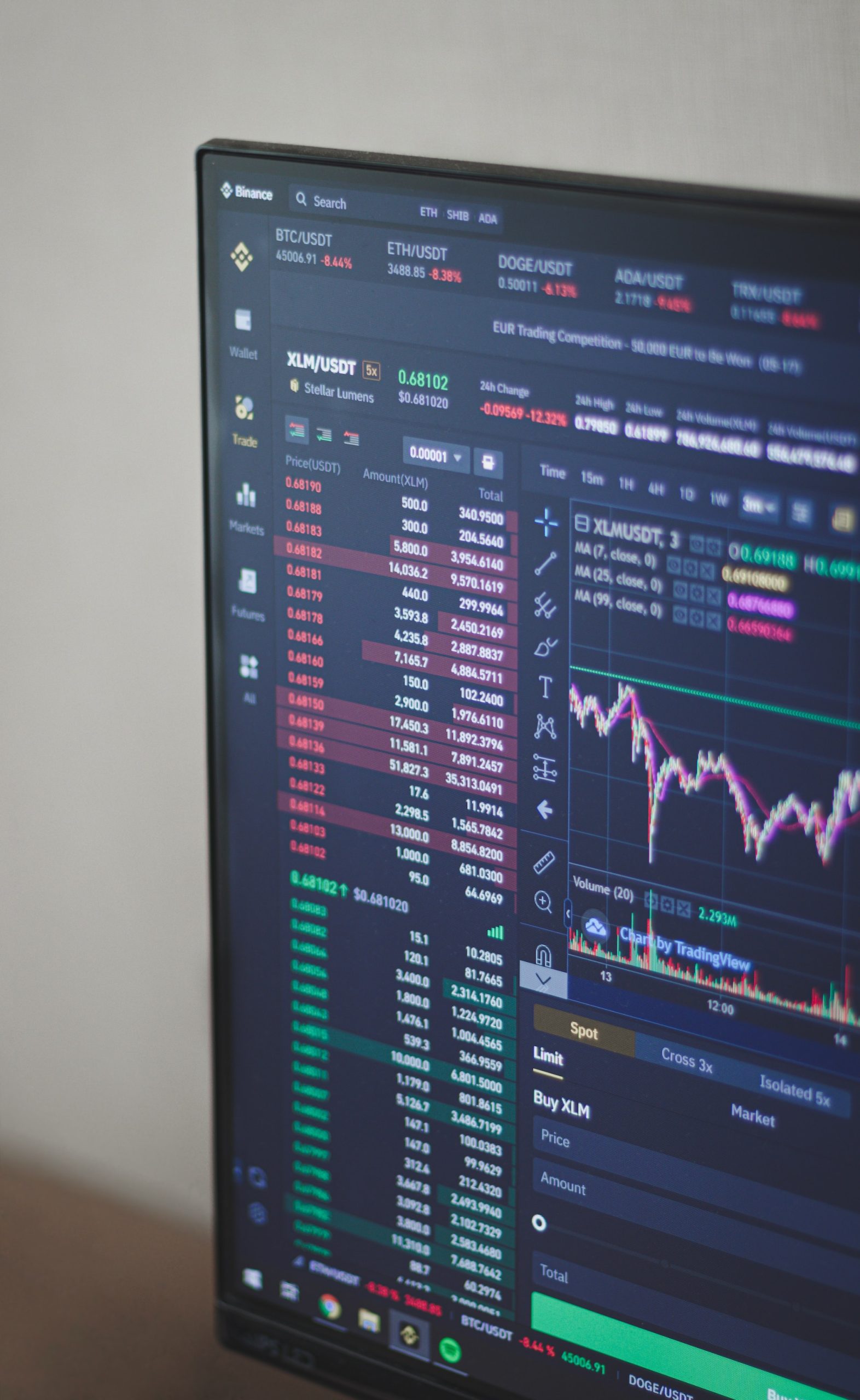Inflation, a sustained increase in the general price level of goods and services, has become a prominent issue globally in 2024. The economic consequences of inflation vary across different countries, affecting consumer purchasing power, business operations, and overall economic stability. This article delves into how inflation is impacting global economies in 2024, exploring its causes, effects, and the measures being taken to mitigate its impact.

Causes of Inflation in 2024
Supply Chain Disruptions
One of the primary drivers of inflation in 2024 is the ongoing supply chain disruptions. These disruptions, initially triggered by the COVID-19 pandemic, have been exacerbated by geopolitical tensions, natural disasters, and labor shortages. The resulting bottlenecks have increased production costs and limited the availability of goods, pushing prices upward.
Energy Prices
Rising energy prices have also contributed significantly to inflation. In 2024, fluctuations in oil and natural gas prices, driven by geopolitical instability and increased demand, have led to higher transportation and production costs. These increases have been passed on to consumers, raising the overall price level.
Monetary Policies
Central banks’ monetary policies have played a role in inflationary trends. In response to the economic downturn caused by the pandemic, many central banks implemented expansive monetary policies, including low interest rates and quantitative easing. While these measures initially stimulated economic activity, they have also led to increased money supply, contributing to inflationary pressures.
Labor Market Dynamics
Labor market dynamics, including wage increases and labor shortages, have influenced inflation. In many countries, businesses are facing higher labor costs due to wage hikes aimed at attracting and retaining workers in a tight labor market. These higher costs are often passed on to consumers in the form of higher prices.
Effects of Inflation on Global Economies
Decreased Purchasing Power
Inflation erodes consumers’ purchasing power, as the same amount of money buys fewer goods and services. This effect is particularly pronounced in lower-income households, which spend a larger proportion of their income on essential items like food and energy. As prices rise, these households face increased financial strain.
Impact on Savings and Investment
High inflation discourages savings, as the real value of saved money diminishes over time. This can lead to reduced investment in the economy, as individuals and businesses seek to spend money before it loses value. Consequently, economic growth may slow, and long-term financial planning becomes more challenging.
Business Operations and Profit Margins
Businesses face significant challenges in an inflationary environment. Rising input costs, including raw materials and labor, can squeeze profit margins. Companies may be forced to raise prices to maintain profitability, which can further fuel inflation. Additionally, unpredictable price fluctuations make it difficult for businesses to plan and budget effectively.
Government Debt and Fiscal Policies
Inflation affects government debt and fiscal policies. Higher inflation can reduce the real value of government debt, making it easier to manage. However, it also puts pressure on public finances by increasing the cost of debt servicing and necessitating higher spending on social programs to support households struggling with rising prices.
Regional Analysis of Inflation in 2024
United States
In the United States, inflation has reached its highest levels in decades. The Federal Reserve’s attempts to balance economic recovery with inflation control have led to a series of interest rate hikes. While these measures aim to curb inflation, they also risk slowing down economic growth. Consumer confidence has been affected, with many households cutting back on discretionary spending.
European Union
The European Union has also faced significant inflationary pressures, driven by energy price increases and supply chain disruptions. The European Central Bank (ECB) has adopted a cautious approach, gradually increasing interest rates while providing targeted support to vulnerable economies. However, inflation remains a significant concern, impacting the cost of living across member states.
Image by Pexels.com
Emerging Markets
Emerging markets are experiencing varied inflationary impacts. Countries heavily reliant on imports are particularly vulnerable, as rising global prices for food and energy strain their economies. Additionally, weaker currencies in some emerging markets have exacerbated inflation, making imports even more expensive. Governments in these regions are grappling with balancing inflation control and economic growth.
Asia-Pacific
The Asia-Pacific region presents a mixed picture. Developed economies like Japan and South Korea have managed to keep inflation relatively low through effective monetary policies and strong supply chain management. In contrast, developing countries in the region are facing higher inflation due to increased energy costs and supply chain issues. Central banks are employing a mix of interest rate adjustments and fiscal measures to address these challenges.
Measures to Mitigate Inflation
Monetary Policy Adjustments
Central banks worldwide are employing various strategies to combat inflation. Interest rate hikes are the most common tool, aimed at reducing money supply and cooling off economic activity. However, the timing and magnitude of these adjustments are crucial to avoid triggering a recession.
Supply Chain Resilience
Efforts to enhance supply chain resilience are underway. Businesses and governments are investing in diversifying supply sources, increasing local production, and improving logistics infrastructure. These measures aim to reduce the impact of future disruptions and stabilize prices.
Energy Transition and Efficiency
Long-term strategies to address energy-related inflation include accelerating the transition to renewable energy sources and improving energy efficiency. Investments in green technologies and infrastructure can reduce dependency on volatile fossil fuel markets and contribute to more stable energy prices.
Fiscal Policies
Governments are implementing targeted fiscal policies to support vulnerable populations and stimulate economic growth. Subsidies, tax relief, and direct financial assistance are being provided to households and businesses most affected by inflation. These measures aim to cushion the impact of rising prices and maintain economic stability.
Comparative Table of Inflation Rates in Major Economies (2023-2024)
| Country/Region | Inflation Rate 2023 | Inflation Rate 2024 | Key Drivers |
| United States | 6.8% | 5.4% | Supply chain disruptions, energy prices, wages |
| European Union | 5.5% | 4.7% | Energy prices, supply chain issues |
| China | 2.1% | 3.2% | Energy prices, domestic demand |
| India | 4.9% | 6.1% | Food prices, energy costs |
| Brazil | 9.3% | 7.8% | Currency depreciation, import prices |
| Japan | 0.7% | 1.5% | Moderate wage increases, import costs |
Analysis Table: Economic Indicators and Inflation Impact
| Indicator | Impact of Inflation |
| Consumer Purchasing Power | Decreases as prices rise, reducing the ability to buy goods and services |
| Business Profit Margins | Squeezed by higher input costs and the challenge of passing on costs to consumers |
| Savings and Investments | Discourages savings due to diminishing real value, leading to lower investment rates |
| Government Debt | Real value decreases, making it easier to manage, but increases debt servicing costs |
| Economic Growth | Potential slowdown as consumer spending and business investment decline |
Conclusion
Inflation in 2024 is a multifaceted issue with wide-ranging effects on global economies. While the causes of inflation are complex and interconnected, the consequences are universally felt by consumers, businesses, and governments. Addressing inflation requires a balanced approach, combining monetary policy adjustments, supply chain resilience, energy efficiency improvements, and targeted fiscal measures. As countries navigate these challenges, the global economic landscape will continue to evolve, shaping the future of inflation and economic stability.









